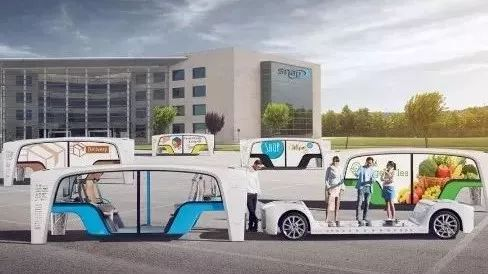Everyone is being bombarded with CES news again, right? Just as we were already anxious due to New Year’s Eve, we all eagerly embrace various new postures of technology, supported by brands like LeEco and NIO, which showcase their new products at CES; CES has almost turned into a car exhibition.
However, this also reflects the changing nature of cars as consumer products, extending beyond their role as transportation to encompass more possibilities, such as mobile space and intelligent terminals. This is the trend of technology and the change of modern life.
While cars are beginning to grab attention at CES, this type of consumer product is also increasingly occupying our space and attention in our lives – from a different perspective, the process of using cars has become a part of our daily lives.
Perhaps those new startup car companies’ brand missions for creating the future of lifestyle were derived from this?
Three New Names
BYTON: Can they mass-produce a large screen that’s a world-class problem?
As a new brand that has only emerged in the past two years, it may be wise for BYTON to make a high-profile appearance at CES. After all, they won’t be competing with luxury brands in major international auto shows, and that line wouldn’t look so old-fashioned. It only takes one CES release to transform a car into a technology product, doesn’t it?
The specifics of BYTON are already known, and they include a 50-inch ultra-large screen, face recognition technology to open doors, no rearview mirrors, and various intelligent interactions… Moreover, it seems that celebrity executives really have an influence: Western mainstream media are still quite interested in BYTON, and on the first day of CES, they made headlines with reports about BYTON.
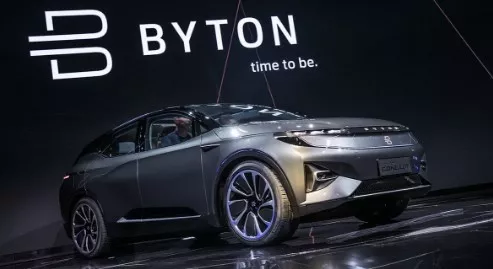
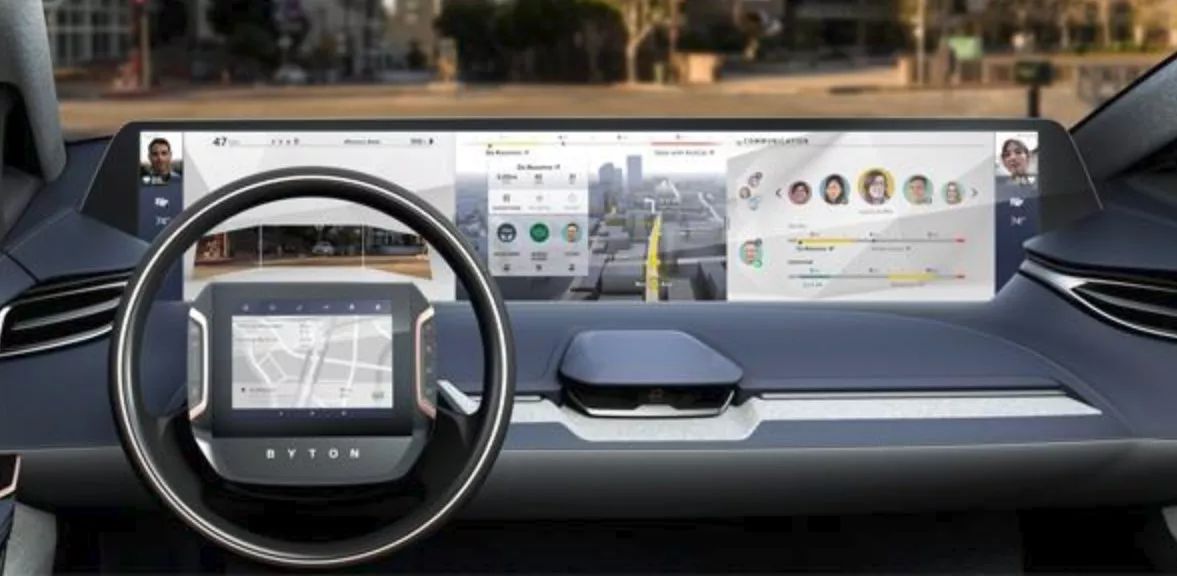
Some Information:
Mass production will begin in 2019 in Nanjing, with an L3 level ADAS system. Starting price is $45,000, and it supports both voice and gesture controls. Two types of battery packs are available, providing 400 km and 520 km of range (presumably based on the NEDC standard). It takes 30 minutes to fast charge up to 80%.
The screen really is going to be mass-produced.
However, it is currently considered only an engineering vehicle, with a futuristic concept that must be put into mass production, and it remains a big question whether they can control the cost of production and the selling price.
XPeng Motors (XPENG): It’s necessary to have an English name
I will start by commenting that XPeng is not a user-friendly name for foreigners, so it might not have been the wisest choice for XPeng Motors to use it at CES.
This account hasn’t paid much attention to XPeng Motors in the past (mainly due to lack of diligence), but since it’s the first Chinese-made vehicle from a new automaker to be unveiled at CES, we decided to take a look.
At CES, XPeng Motors unveiled its upcoming production electric SUV G3, which looks like this:
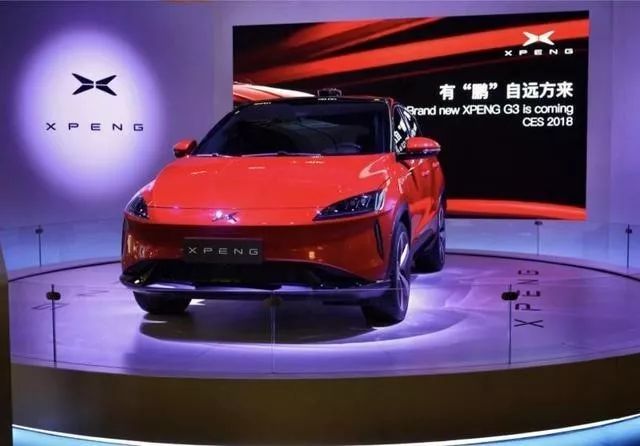
This is said to be the final production version of the vehicle. Below are a few details about XPeng Motors and its key features: Internet-connected vehicles, Haomiao manufacturing, approval from the Ministry of Industry and Information Technology, investment from Shenzhou Zhuanche, Alibaba, and time-sharing leasing.
Regarding the G3 specifically, it has the following features: pure electric power for 300 km, 0-100 kph acceleration in 5.8 seconds, a 360-degree roof camera, an oversized high-definition touchscreen, 25 intelligent sensors, automatic parking, low-speed follow-up, voice interaction, remote control, and it will be launched in the spring of 2018.
Honestly, XPeng Motors seems to be making solid progress with no lack of funding, resources, or support from BAT (Baidu, Alibaba, and Tencent). Could XPeng be a successful automaker? It remains to be seen, but let’s remain optimistic while exercising caution.
Fisker: A world-class problem with beautiful doors – how to mass-produce
Not long ago, Fisker claimed to have developed a new type of flexible solid-state battery that could be charged for one minute and run for 800 kilometers, which led me to eagerly await their unveiling of this battery black technology at CES.
But they didn’t show it.
The scissors doors look very beautiful, and according to Fisker, they can be opened via a mobile app. Unfortunately, they didn’t succeed at demonstrating remote control opening live at the event, and Fisker admits they haven’t yet figured out a way to mass-produce these doors.
Perhaps Fisker should ask Musk how difficult it was to mass-produce the falcon wing doors for the Model X.
Will Fisker ultimately regret designing these doors, which may turn out to be a beautiful design but a nightmare in engineering?
Below is a photo of the stunning vehicle:
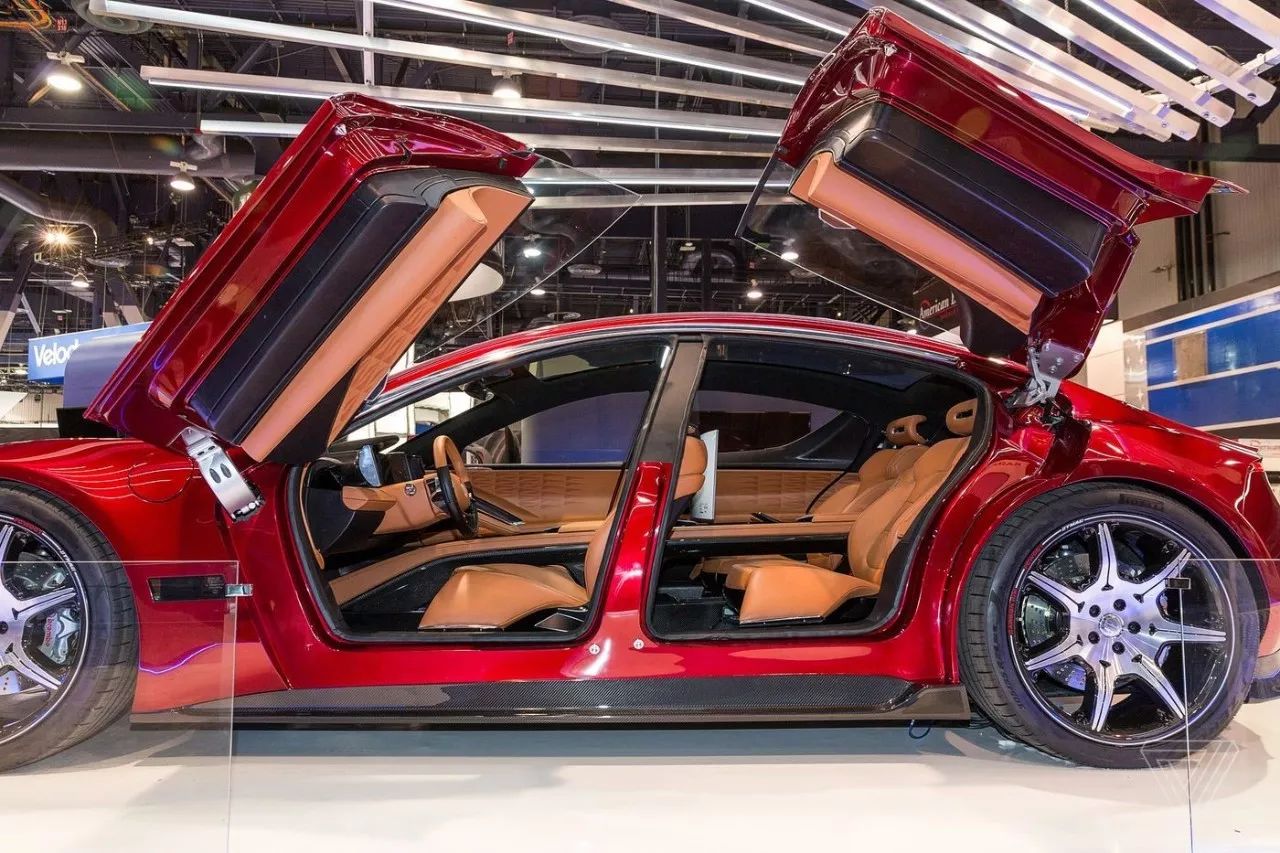
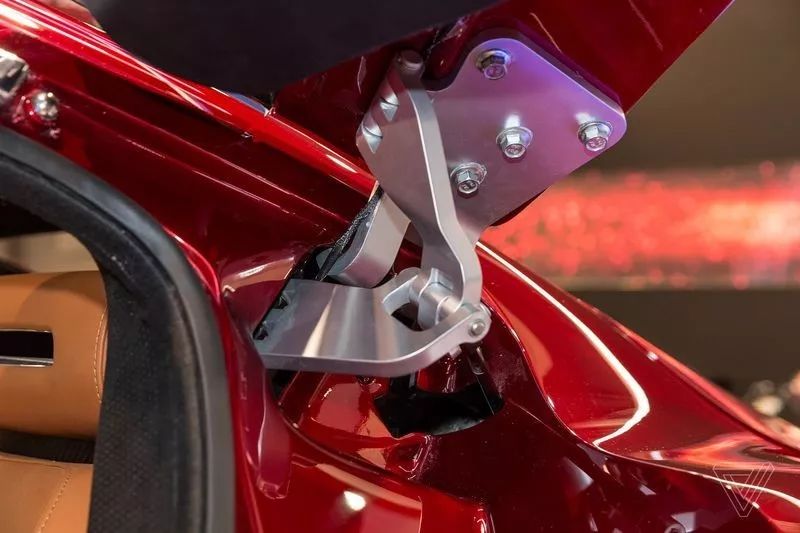
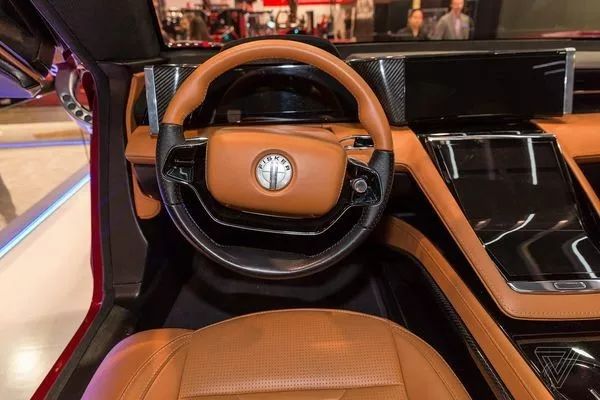
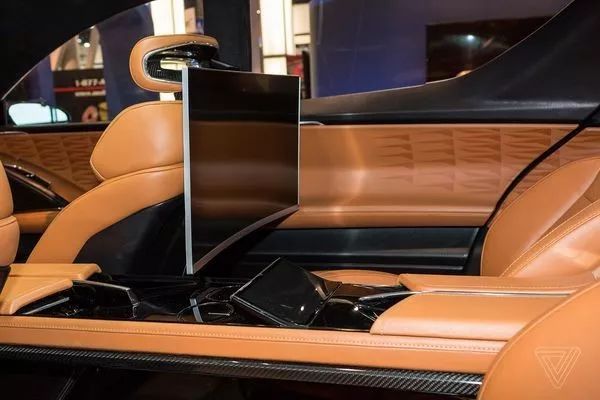
Some information:
Maximum speed of 260 kilometers per hour, equipped with a laser camera, supporting L4 level of automatic driving.
The camera supplier is Silicon Valley Quanergy, a company specializing in lidar sensors. Fisker exhibited at their booth (maybe they didn’t have enough money to participate…).
The previous mentioned solid-state battery also indicated that it will not be used in the first mass-produced car. Currently, lithium batteries are still being used, but their flexible solid-state battery technology is expected to be mass-produced after 2020 and may be provided to other car manufacturers. Fisker’s battery technology partner is Skati3, a battery company acquired by Dyson.
Regarding the range, Fisker still insists on the caliber of 640 kilometers. Fisker believes that this range standard sets a physical threshold for its products compared to other start-ups. It has to be said that if they really achieve a range of more than 600 kilometers, it is indeed a threshold. But the Emotion is going to sell for nearly $130,000…
Fisker’s release is quite disappointing, and it is believed that they are also disappointed. After all, the doors aren’t done yet, the battery technology can’t be demonstrated, and the automatic driving cannot be demonstrated…
A few old faces
Toyota: Transforming into a mobile transportation company
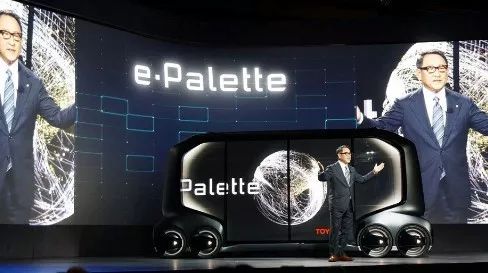
In short, Toyota has designed a platform that can automatically move and drive, called e∙Palette. With different bodies, it becomes a mobile space in the city with different functions to meet different needs, such as drinking coffee, eating pizza, and so on.Translate the Markdown Chinese text below into English Markdown text, in a professional manner, preserving the HTML tags inside Markdown, only output the correction and improvement parts, do not write explanations.
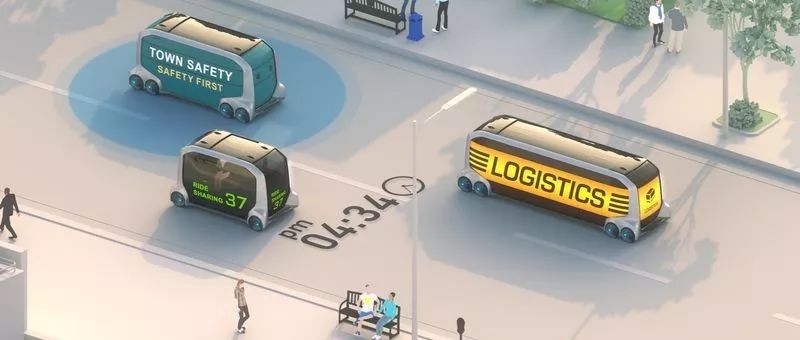
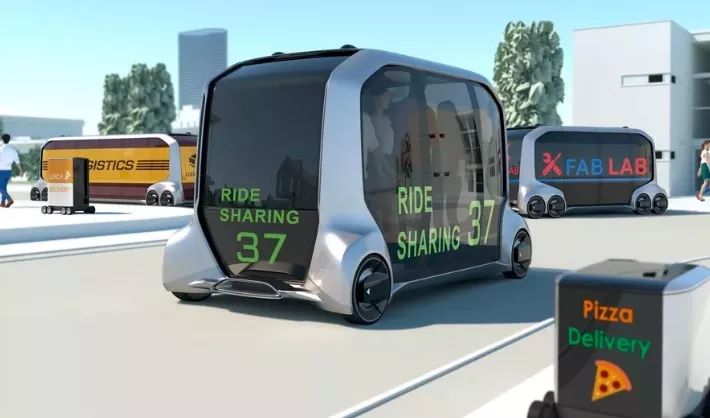
Think the idea is innovative?
In fact, this is not exclusive to Toyota. Another company also showcased a similar platform concept car at CES, called Rinspeed, launching the Snap concept car. The following picture is more straightforward.
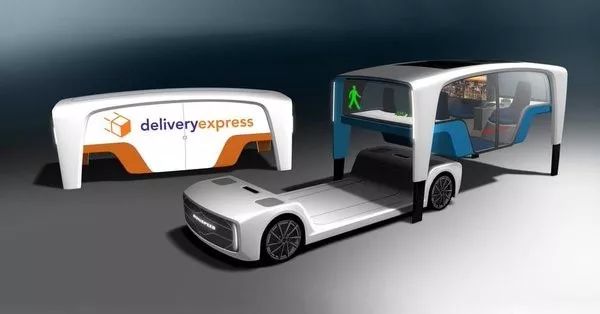
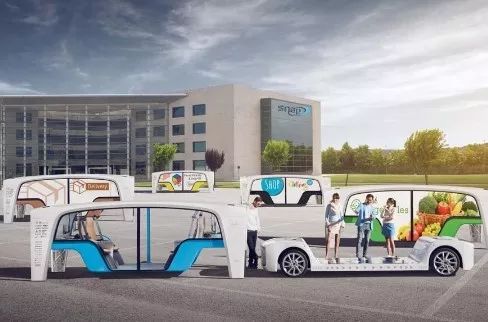
The Snap concept was originally designed to be a mobile shack, providing a convenient and comfortable resting place when needed in construction sites. If you replace the top of the body with a café, a pizzeria, and so on, that’s Toyota’s idea.
There is also a similar company called Next Future Transportation, which is also a modular autonomous driving platform, looking like this.
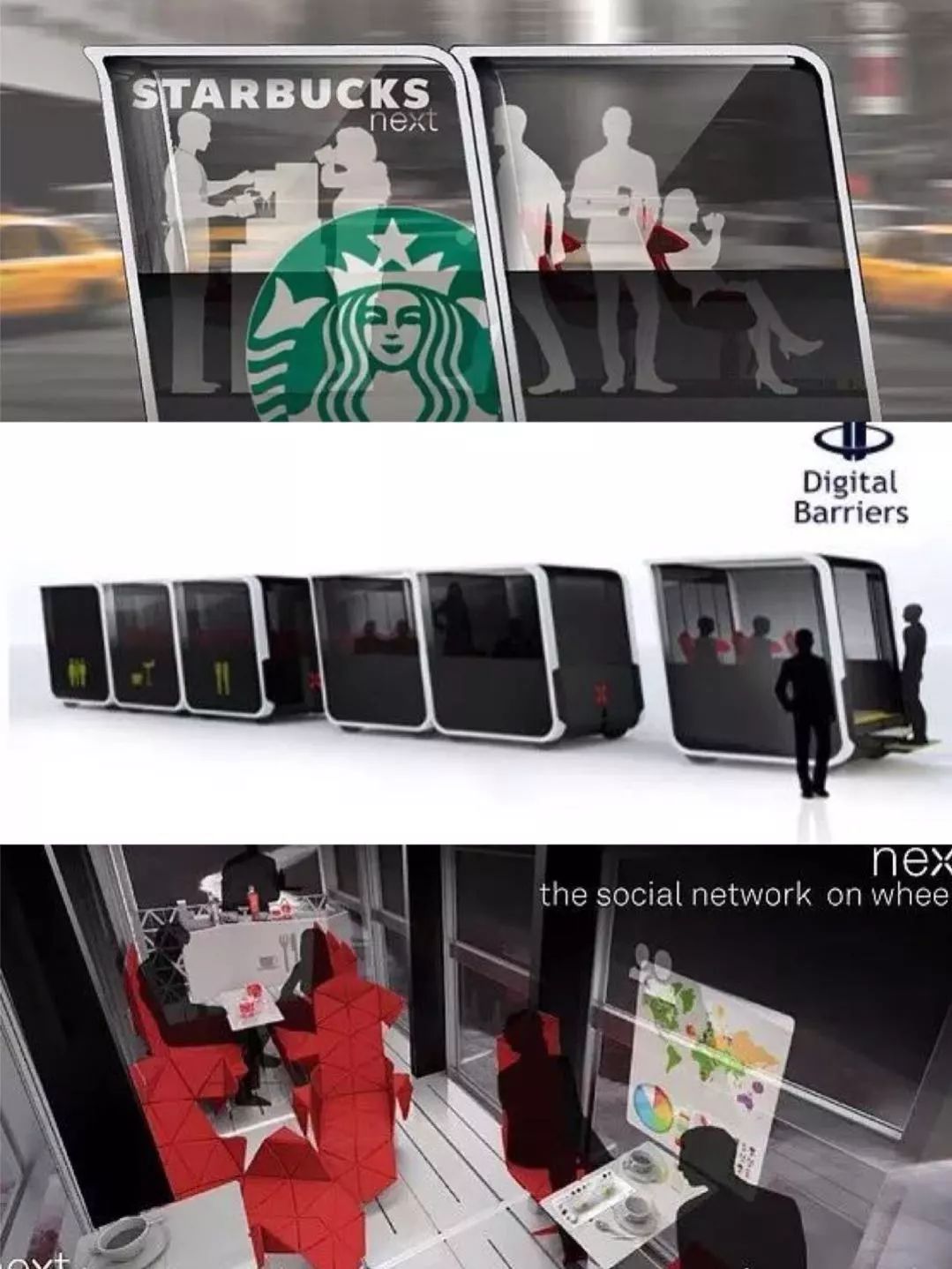
Basically, these are all modular autonomous driving platforms and combinations of different functional spaces, with a bit of a Rubik’s Cube feel in low-speed urban scenarios. Especially with Next Future’s solution, I think the small mobile cabins can be connected together, like high-speed rails, becoming a large transportation vehicle, and then split into independent mobile cabins at specific locations.
In terms of future cars, major players are showing a trend of modular development in electrification, intelligence, and automation, which means compatibility and cooperation, even Toyota is partnering with others to make electric cars, and now planning to open up their automation platform. I can only say that times have really changed (remember how they used to block hybrid technology?).### Nissan: I’m mainly interested in brain-to-vehicle (B2V) technology.
One-liner: Analyzing driver intentions through EEG analysis enables faster driving responses (0.2 to 0.5 seconds faster than normal driving behavior) and supposedly creates a more enjoyable ride.
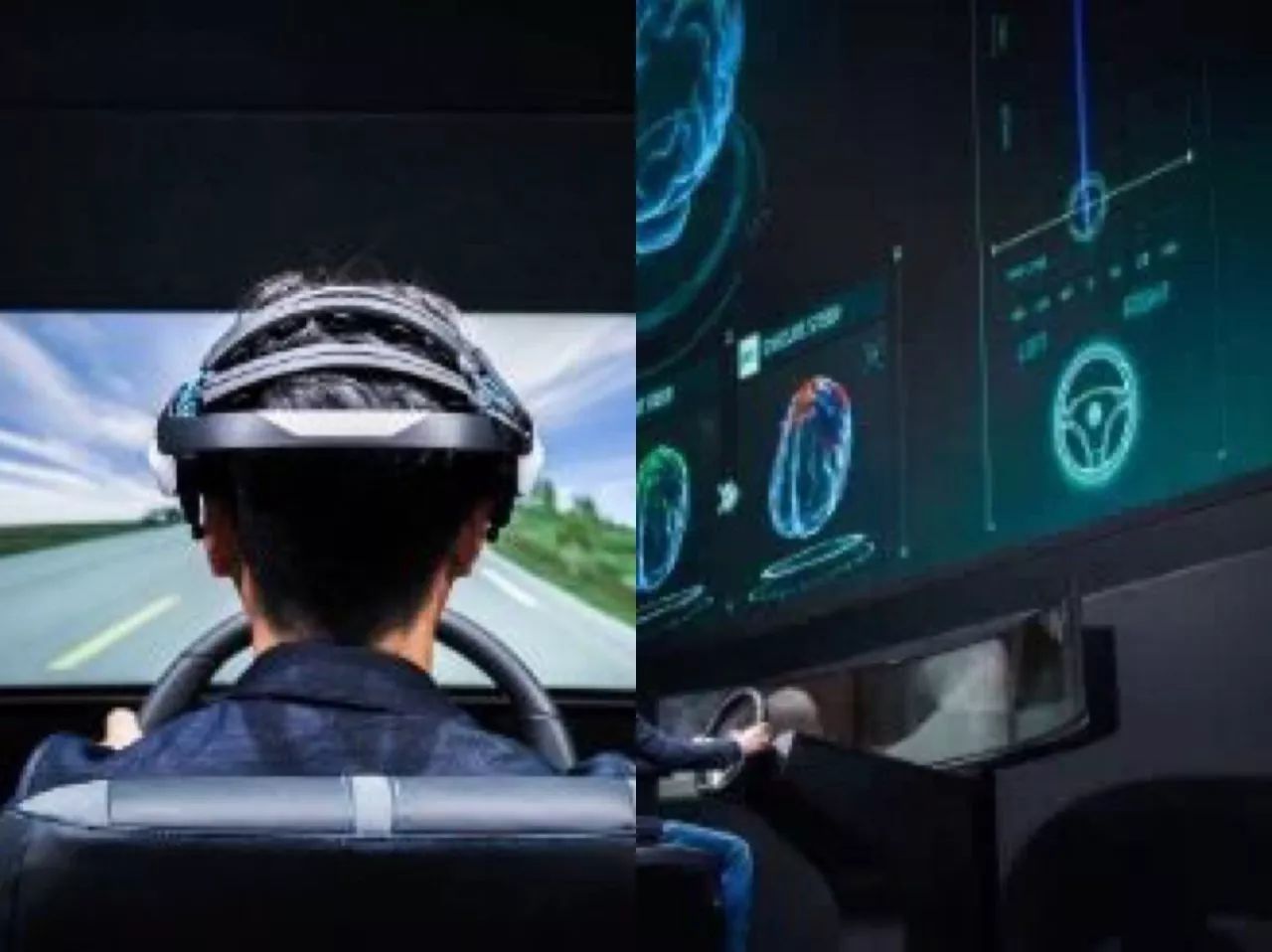
I can’t vouch for the enjoyment factor, but my first reaction was to Elon Musk’s brain-machine interface research. His company, Neuralink, develops implantable brain-machine interface devices. This technology is primarily focused on using the human brain to control machines – to be precise, using thoughts to control machines. If we can control machines, we can also control cars. Therefore, this is also one of the directions for the future development of artificial intelligence – the high-level integration between people and machines.
For further details, take a look at the video.
However, Nissan states that the technology is currently in its development phase and it will take an estimated 10 to 20 years for the system to mature to a level of widespread applicability. At present, this system only has predictive and monitoring functions, and only a few behaviors, such as acceleration, deceleration, and lane-changing, can be controlled.
One-liner: The wearable device is too ugly – female customers won’t pay for it.
Honda: If only one OEM could attend the CES car show, it would have to be Honda.
In addition to showcasing its next-generation electric models, Honda’s most significant feature is the 3E robot design, which includes the following: Empathizes, Empower, and Experience.
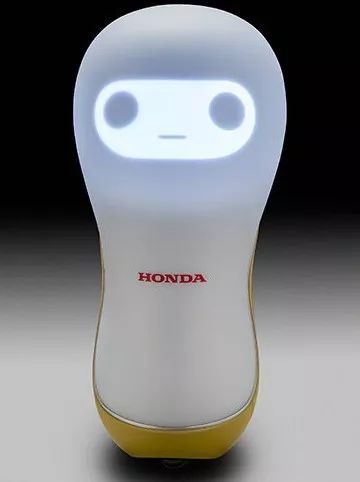 A18 is a companion robot representing Empathizes, empathy. Its mainly used to meet the emotional and communication needs of humans, and it has rich voices and expressions.
A18 is a companion robot representing Empathizes, empathy. Its mainly used to meet the emotional and communication needs of humans, and it has rich voices and expressions.
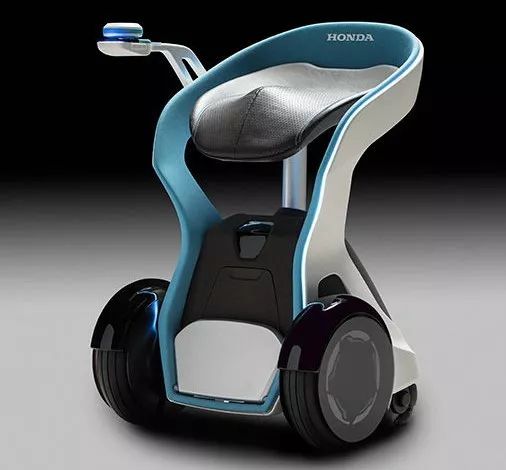
This is B18, representing Empower, a mobile chair robot.
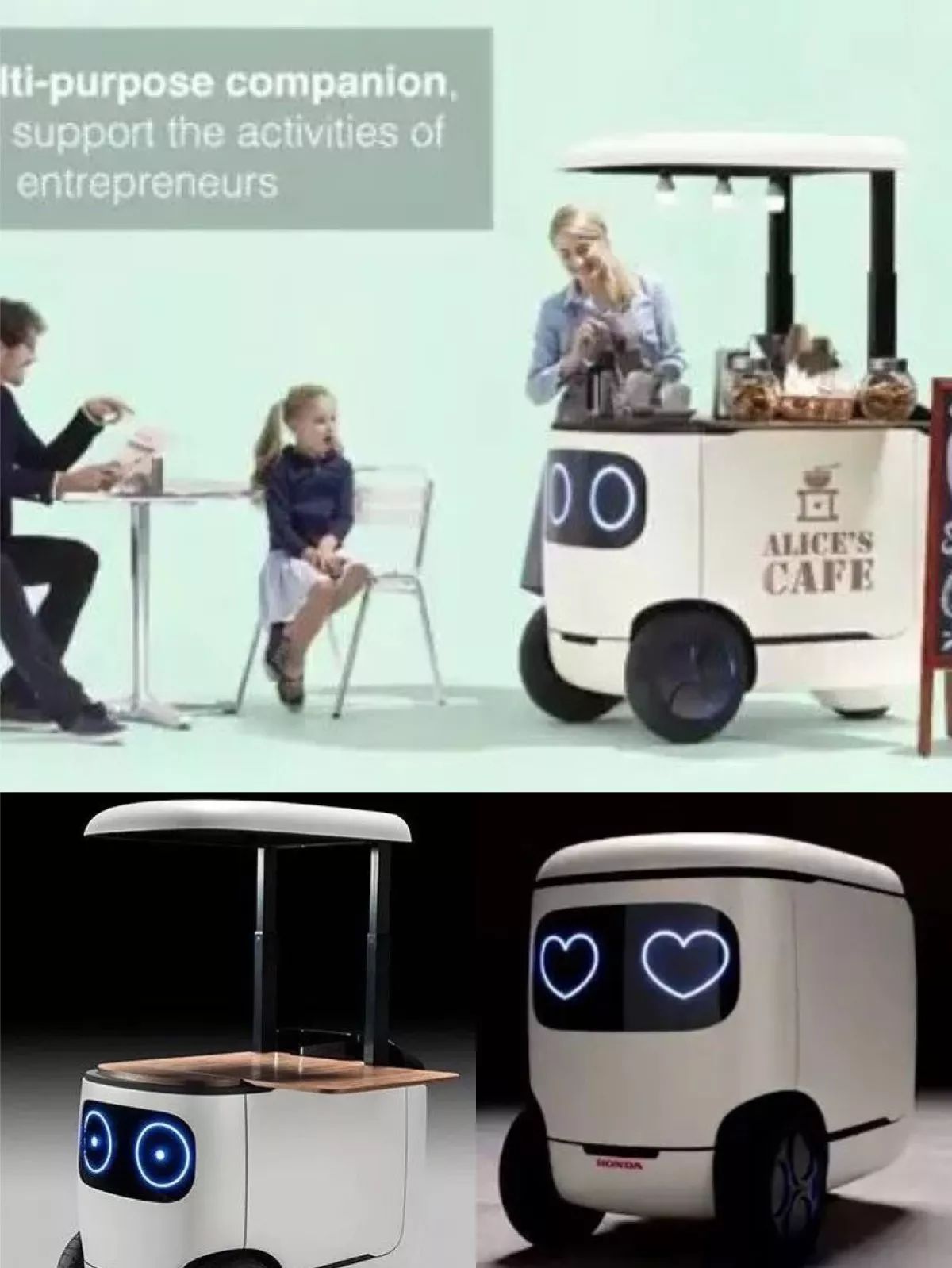
This C18 represents Experience, which I understand to be a multifunctional mobile storage cart.
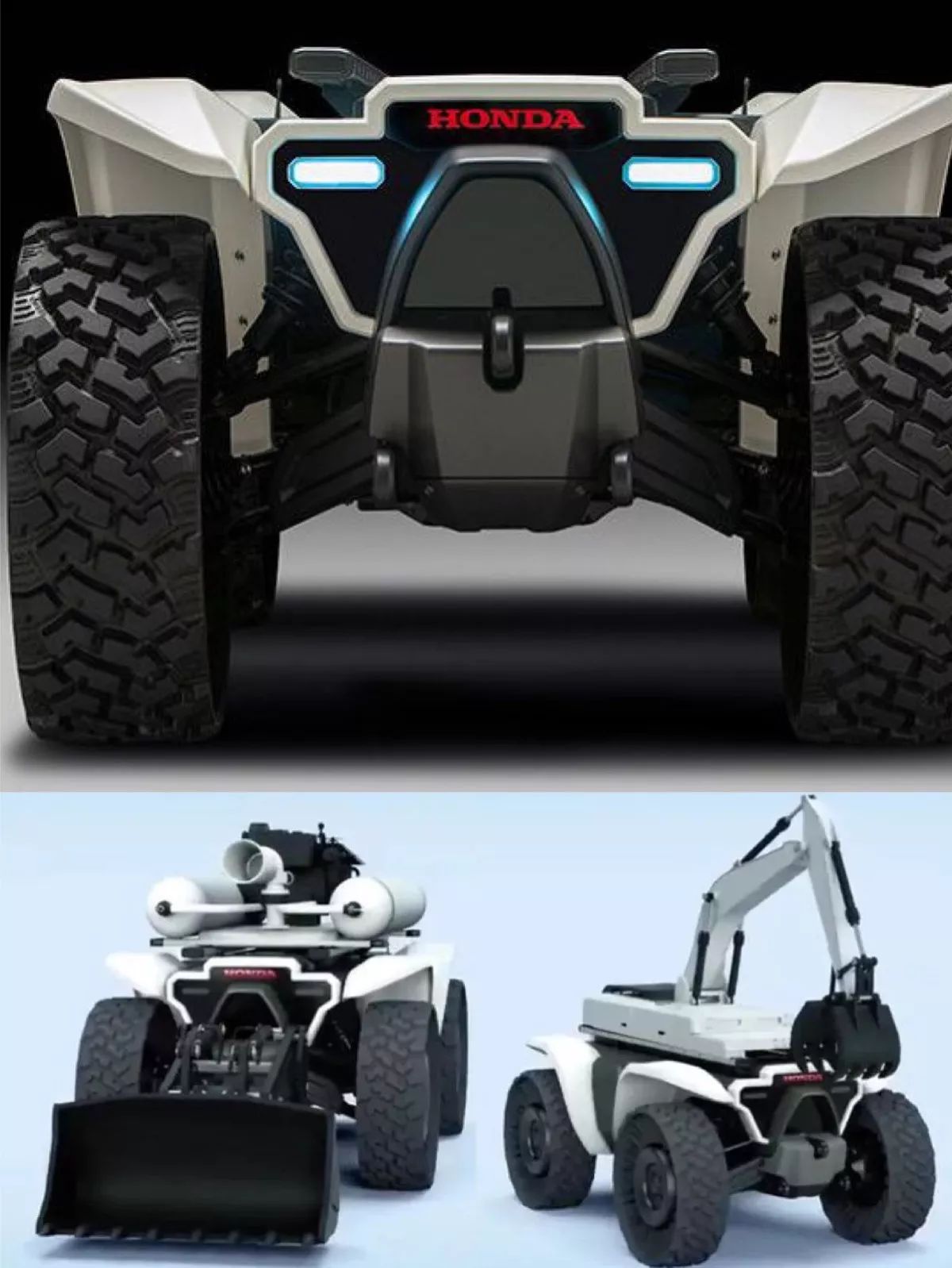
This D18 is a multifunctional robot platform. Different components can be installed by the chassis to form a variety of special vehicles such as trucks, excavators, and cranes. I think this car is the ultimate combination of cars and robots. Simply put, it’s like Transformers.
Except for A18, the other three robots are robot platforms, that is, they have modular flexibility. This is actually similar to Toyota’s plan for modularizing automatic driving platforms. Of course, I think Honda’s robot design concept is more avant-garde and ultimate.
Then there’s Baidu.
Baidu has released the latest “Apollo 2.0” platform, claiming to be the “strongest version” since the autopilot open platform came online. It supports automatic driving on simple urban roads and will launch a scenario-based and commercial unmanned driving solution that fully supports the mainstream onboard computing platforms of Intel, Nvidia, NXP, and Renesas.
Baidu claims that the unmanned driving microcirculation bus Apollo will be mass-produced this year, mainly in restricted areas such as automobile towns, parks, scenic spots, airports, and urban-level unmanned driving experimental areas to achieve L4 automatic driving.
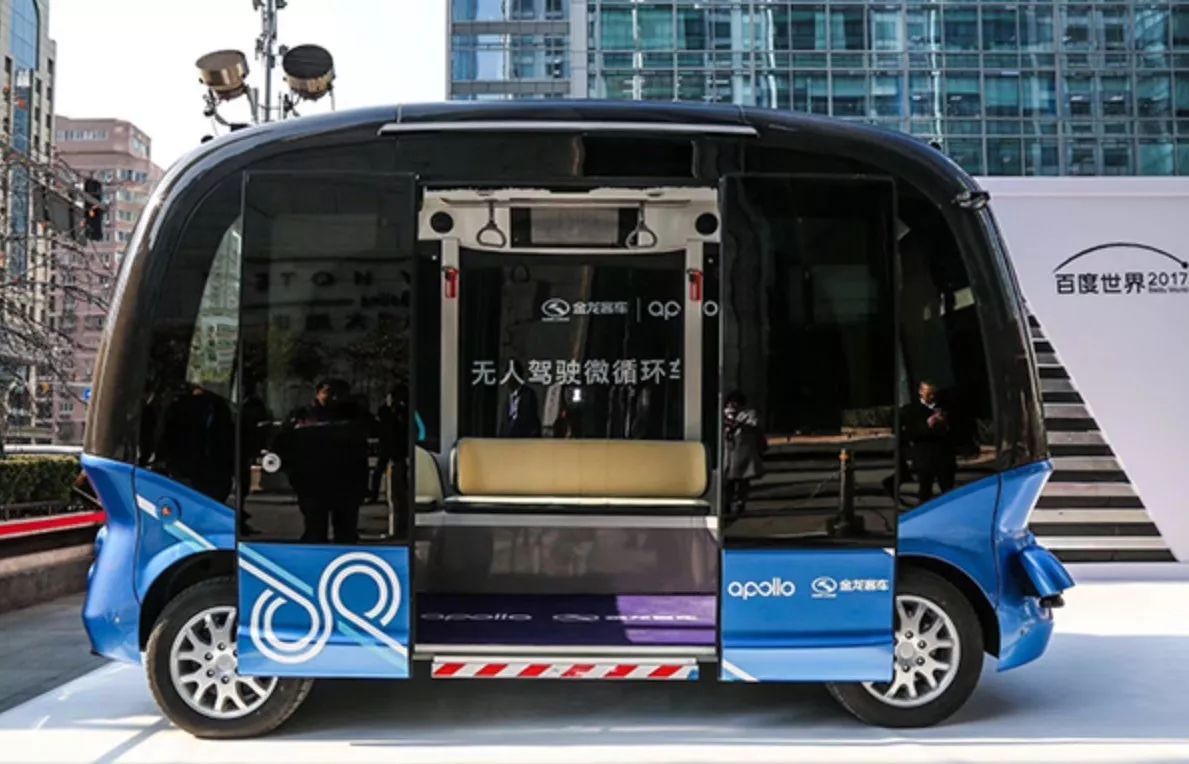
In 2020, this system will achieve L3-level automatic driving on the Chery Arrizo 5. They will present it at CES this year as well.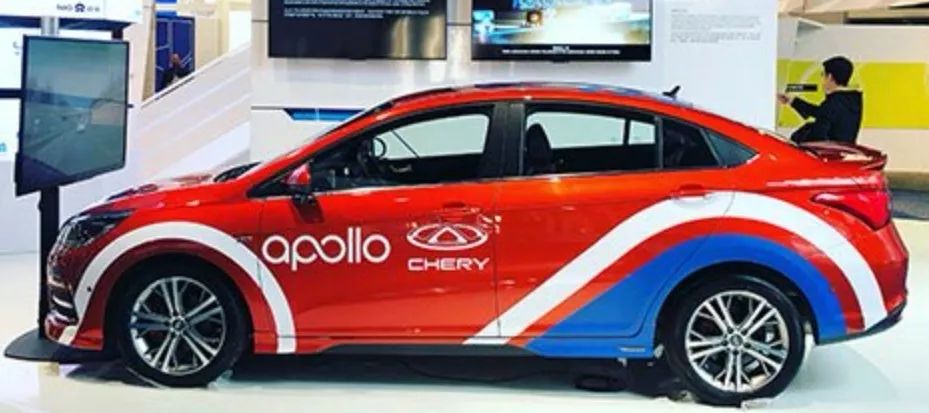
Actually, NVIDIA also released a brand new autonomous driving platform this time. It deserves a separate topic for autonomous driving.
I decided to entrust this challenging task to Teacher Daji.
Also, who do you think was missing from CES this time? Oh, yes. FF91…
They were here too. They had a low-key test drive near the CES venue.
Softly, I came, just as I, softly go.

- Fisker: Is the solid-state battery that can be charged for 1 minute and have a range of 800 kilometers reliable?* Can Electric Vehicle be feasible? Let’s take a look at 2018

This article is a translation by ChatGPT of a Chinese report from 42HOW. If you have any questions about it, please email bd@42how.com.
